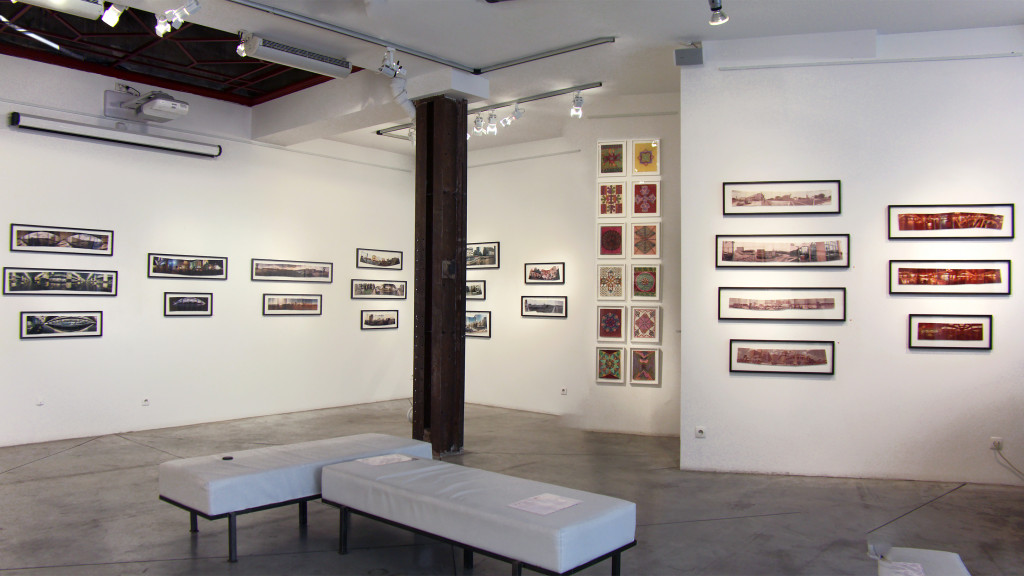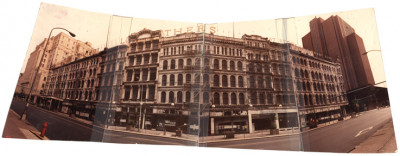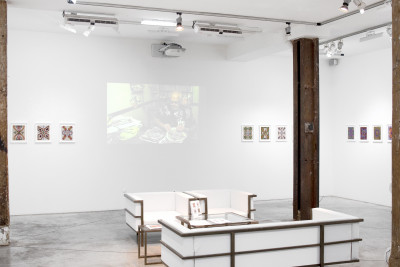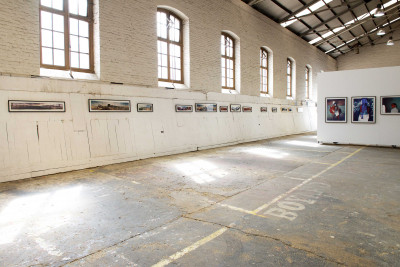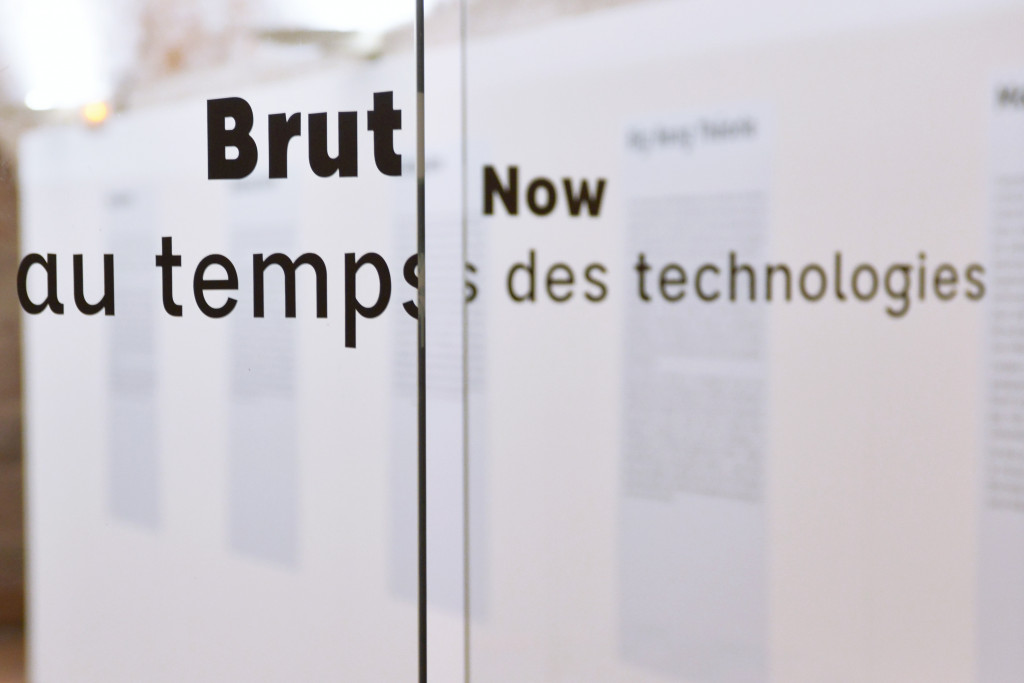Albert Moser
This American artist, autistic, lived most of his life with his parents, before joining the New Jersey foster home. Moser first gained recognition for his tinkered photographic panoramas, then for his psychedelic geometric designs. But whatever the medium, his work testifies to the same obsession with space. They report, in their own way, the vertigo through which he tries to find his place in the world. Exhibited in 2019 at the Rencontres de la photographie d’Arles, his work is as well in the collections of Antoine de Galbert (France) and Treger Saint Silvestre (Portugal).
Albert Moser was born in Trenton, New Jersey, where he lived with his parents until the age of 60. During his youth–after serving with the American occupation army in Japan after World War II, Albert held a number of small jobs from washing airplanes on a military base to selling candy. However he always thought of himself as a photographer. After taking some photography classes to the retired soldiers offered by the School of Industrial Arts, he even had a custom ink stamp made for himself, which he used to mark the backs of his photographs with.
In the early 1970s and for 25 years on, Moser created panoramic composite photographs. After choosing a particular view, he would take as many as thirty pictures from that angle and meticulously lining up the resulting photographs, joining each slice of the panorama together with scotch or masking tape. He would write detailed descriptions of the location, date and the mechanical specifications of the camera he used on the back of these compositions. What is striking about Moser’s work, besides its unique materiality and poetic audacity, is the deliberate desire to reinvent the reality captured by his lens in a sort of optical vertigo. The artist passed away in 2022.
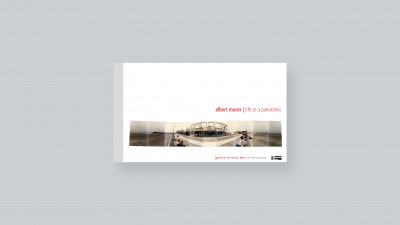
Texts : André Rouille, Christian Caujolle, Phillip March Jones
Foreword : Christian Berst
Catalog published to mark the exhibition Albert Moser : life as a panoramic, from june 1st to july 12th, 2012.
Co published with la Manufacture de l’Image, 2012.
Limited edition of 250 numbered copies.
